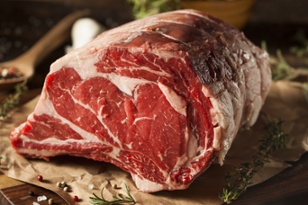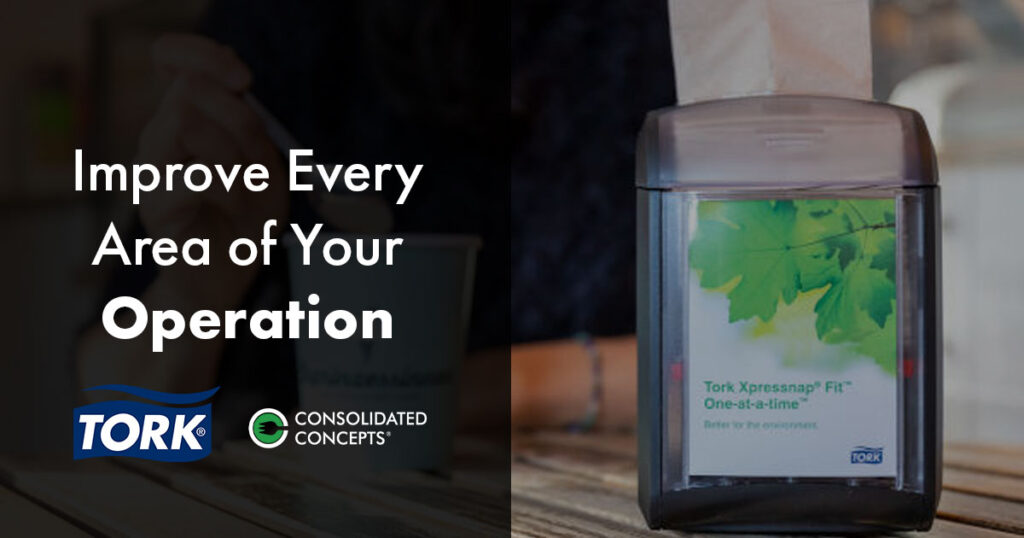Freshly Picked, July 25, 2022
Alerts & What’s Trending
- Tips for Delivering the Benefits Restaurant Employees Want and Need
- Why Local is the Last Mile for National Chains
- What Restaurants Can Do to Weather an Economic Slowdown
- Nearly 40% of Restaurants Hit the Brakes on Hiring Because of Inflation
- Training Professionals Embrace Blended Learning
Produce

Overall markets have remained relatively steady with the increased demand. Markets are expected to see an increase in the coming weeks due to increased demand as families finish last-minute vacations. The avocado market continues to show signs of adjustments due to higher availability of fruit in the market. Chile and bell pepper markets remain active. Supplies are light, especially green bell peppers.
Grains

Corn, soybeans and wheat moved lower last week. Growing weather for canola is ideal, softening the market.
Dairy

Cheese markets have been lower with decreased demand and strong production. Weak foodservice demand has brought butter down. Both food service and retail demand has driven eggs up.
Beef

Prime continues to be hard to find. Packers seem to be hesitant of long-term commitments. Ribs and tenders are steady. Strips continue to have a strong demand.
Pork

Strong inventories have moved ribs down. Retail is driving loins up. Supply on butts is tight and may push the market up due to strong retail sales.
Poultry

The random breast market has dropped with excess demand. Tender available is very tight with high prices. Wings are approaching a 10 year low and readily available. Overall, excess supply has hit the market.
Seafood

Domestic brown shrimp season has kicked off. Catches are heavy all around for shrimp.









